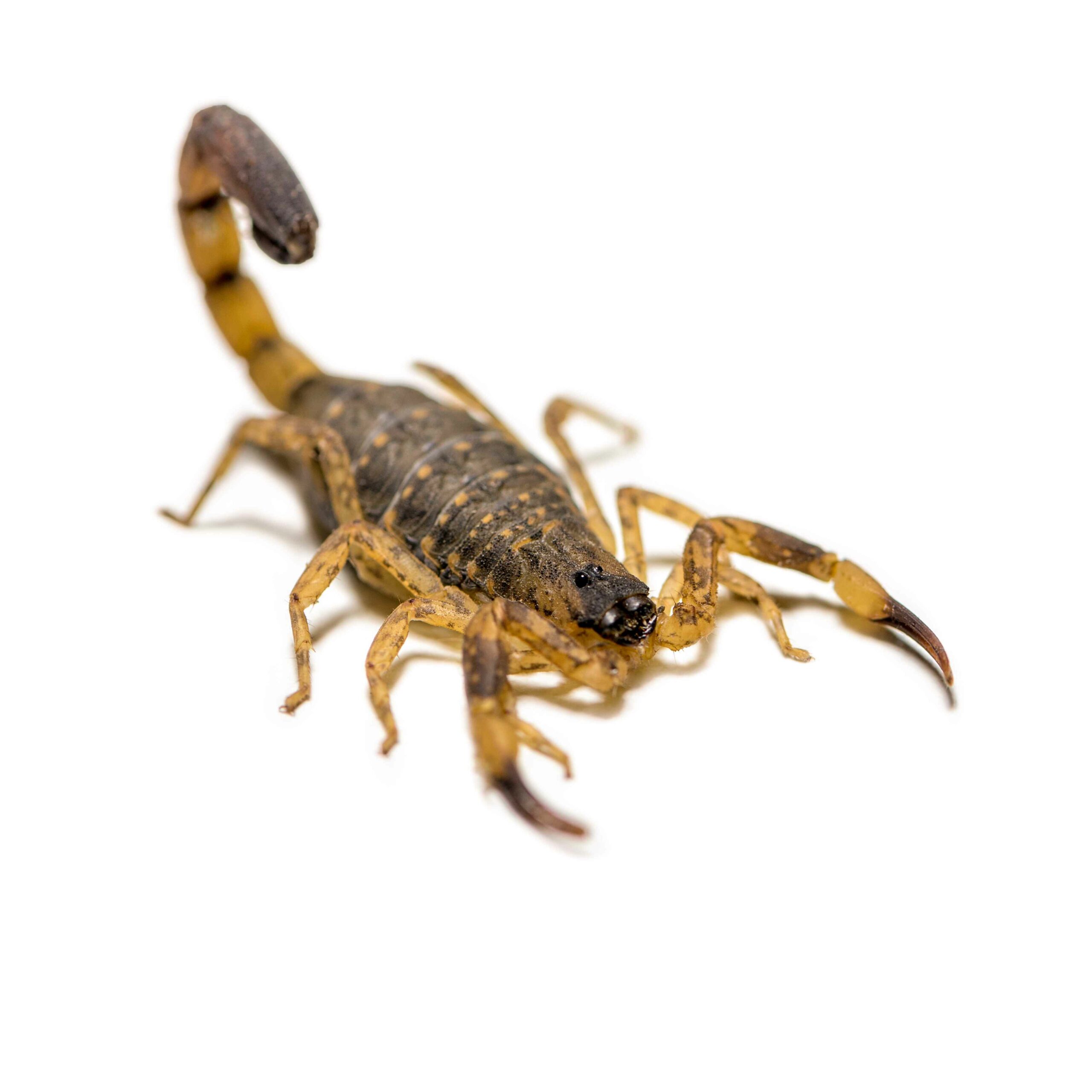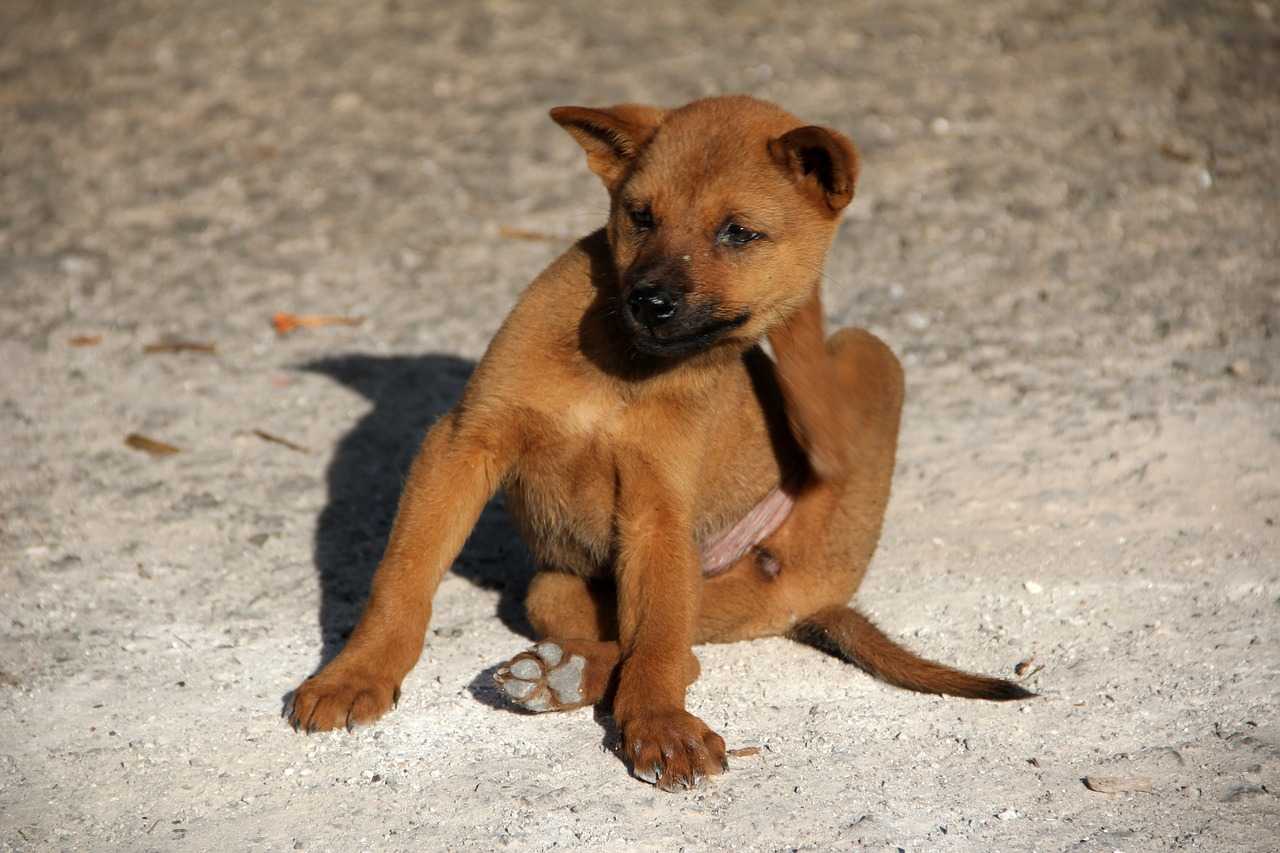
What Kinds of Scorpions Live in Dallas?
While there are 100 scorpion species in the United States, only one lives in Dallas: the striped bark scorpion. Most humans are too large to

While there are 100 scorpion species in the United States, only one lives in Dallas: the striped bark scorpion. Most humans are too large to

No one wants to see their best furry friend covered in fleas, but it’s a common affliction for canines. Fleas are small, dark brown parasitic

If you live in Texas, you may have encountered red wasps buzzing around your yard or garden. While these insects contribute to the ecosystem, their